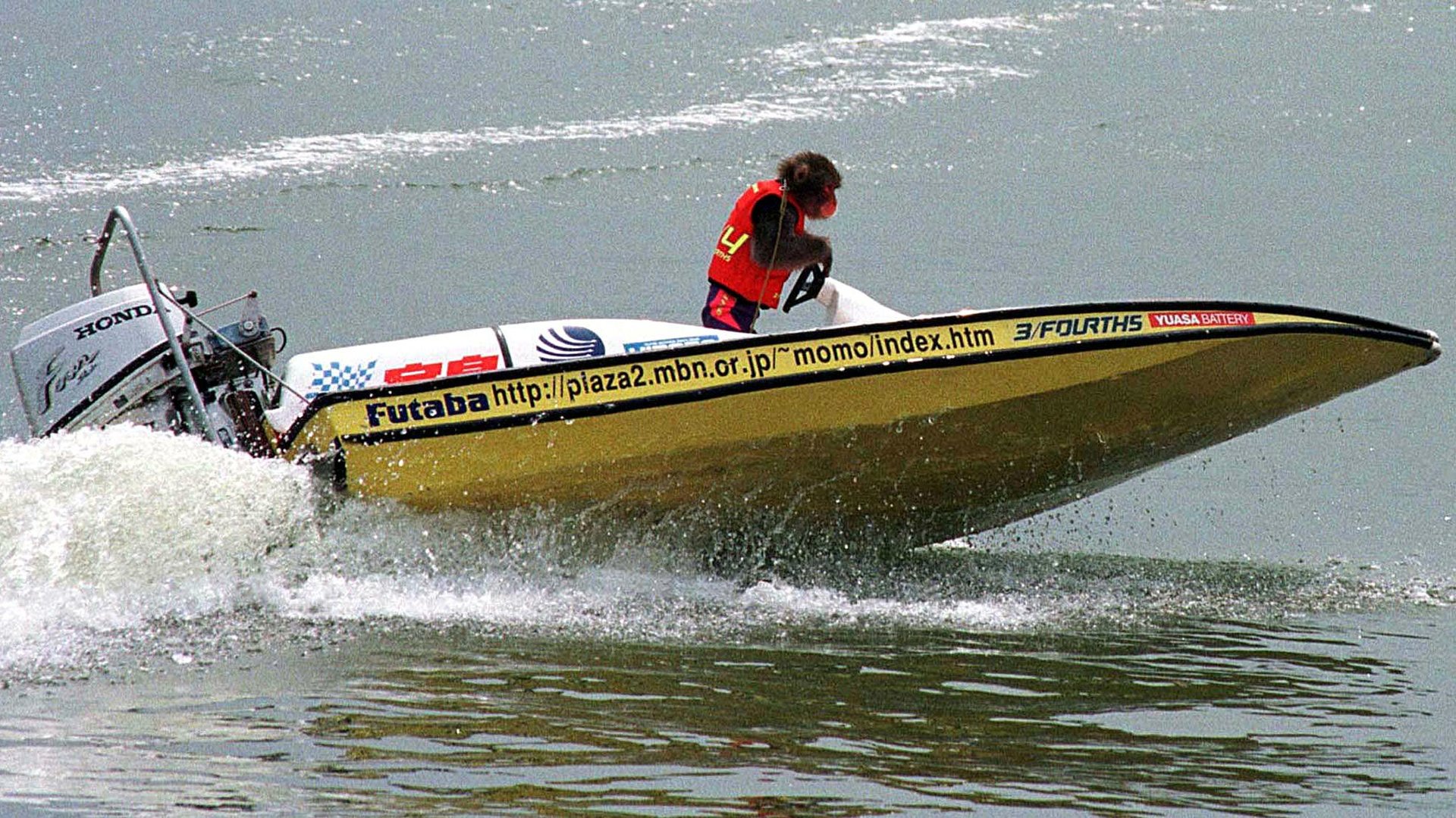Scientists just discovered another clue in the ancient history of seafaring monkeys
How did the monkey cross the sea? What sounds like a corny joke is actually an evolutionary puzzle. Take the monkey whose fossilized teeth were just discovered etched into a hunk of ancient rock in Panama. The monkey (or its forebears) had to have arrived there in Central America from South America, which at the time was separated from it by a stretch of sea at least 100 miles wide—the equivalent of about five English Channels.


How did the monkey cross the sea? What sounds like a corny joke is actually an evolutionary puzzle. Take the monkey whose fossilized teeth were just discovered etched into a hunk of ancient rock in Panama. The monkey (or its forebears) had to have arrived there in Central America from South America, which at the time was separated from it by a stretch of sea at least 100 miles wide—the equivalent of about five English Channels.
So how did a South American monkey wind up in Panama? The probable answer sounds like a joke too: Monkeys probably rode floating islands across the sea.
And what’s even more amazing is that the Panama discovery isn’t even the most impressive feat of simian seafaring. That happened about 40 million years ago, when a fleet of African monkeys somehow sailed the ocean blue to South America. Though the distance was shorter than it is today, that’s still around one thousand miles of ocean to brave.
“One of the great unanswered questions for people who study primate evolution is: How did they get to South America from Africa?” says Jonathan Bloch, a paleontologist at the University of Florida, Gainesville, and lead author of the Nature article on the Panama discovery (paywall).
“Now we see it again,” he says. “Millions of years later they also manage to be only mammal that managed to get across this very well documented biogeographical barrier which the Central American Seaway even though nothing else did.”
So how did monkey island-riding work? These voyages happened when long-eroded chunks of riverbank finally tore free from the shoreline and were swept out to sea, says Nathaniel Dominy, an anthropologist and evolutionary biologist at Dartmouth College. Trees helped make these floating shelves seaworthy. While snarls of roots held the island together, standing trees functioned as sails, pushing the islands across the ocean faster than currents alone could, says Dominy, who wasn’t affiliated with the Panama study. Their branches also harbored monkeys. And since these drifting slabs of intact forest were several soccer fields in size, they had enough monkey food to sustain their passengers on the long voyage.
“These forest islands are rare but they have been seen and described by transoceanic shipping vessels,” says Dominy. “So, the idea of whole habitats with animal assemblages dispersing across large oceans might seem absurd, but given enough [time] even rare events are likely.”
As for the origins of Central American monkeys, scientists had up until this latest fossil finding assumed that monkeys arrived from South America several millions years ago, after an undersea volcano belched a landbridge—a.k.a. the isthmus of Panama—into existence. That’s when mammals swapped continents en masse, as sloths and other South American critters roamed north, and North American creatures—horses for example—wandered south.
There have been hints of earlier across-the-ocean migration. Previous DNA analysis of Central American insects, frogs, and freshwater fishes suggested they came from South America before the existence of the landbridge. However, the monkey-teeth finding, which predated the landbridge by more than 10 million years, is the first direct evidence of a South American creature having crossed the 100-mile stretch of sea, says Bloch.